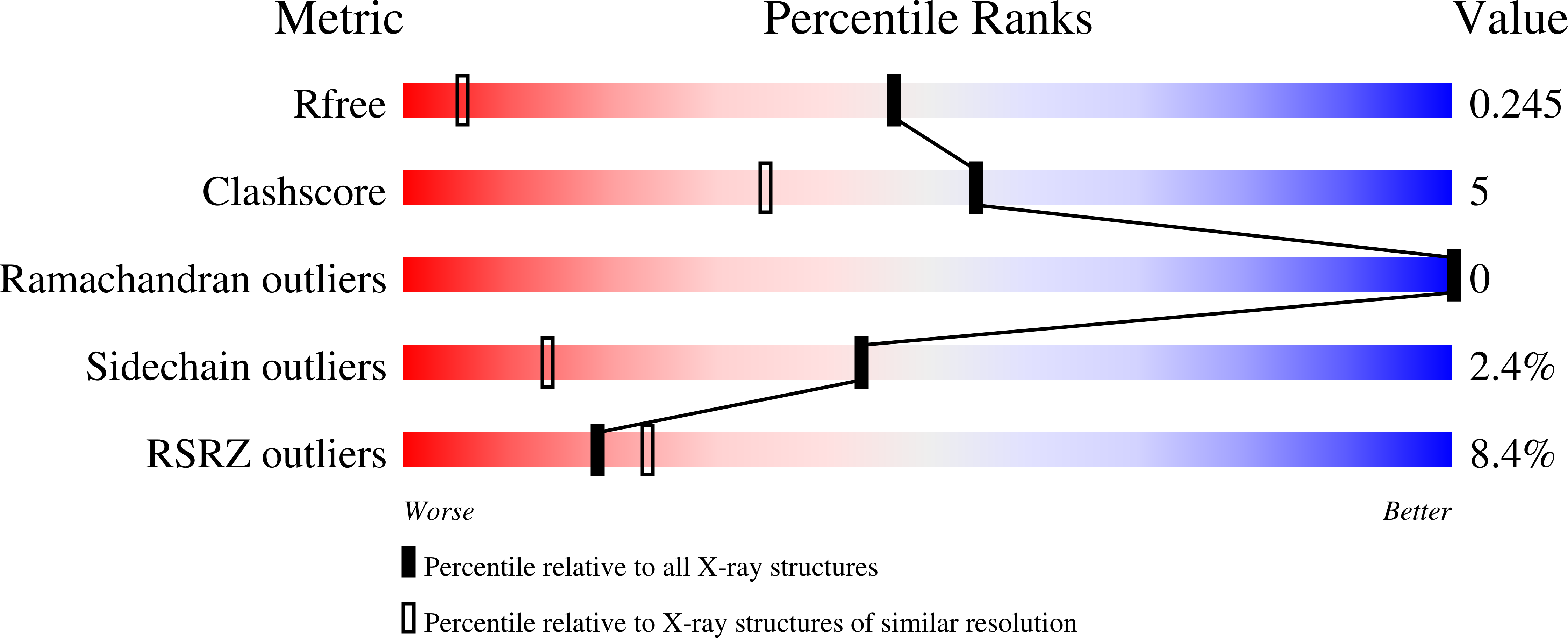
Deposition Date
2024-02-26
Release Date
2025-03-12
Last Version Date
2025-08-20
Entry Detail
PDB ID:
8S6A
Keywords:
Title:
X-ray structure of Dishevelled 3 PDZ domain in a complex with a class III peptide ligand
Biological Source:
Source Organism:
Homo sapiens (Taxon ID: 9606)
Host Organism:
Method Details:
Experimental Method:
Resolution:
1.36 Å
R-Value Free:
0.24
R-Value Work:
0.18
R-Value Observed:
0.18
Space Group:
P 1 21 1


